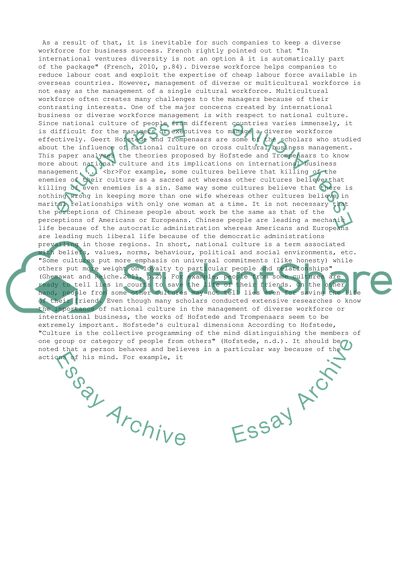Cite this document
(“What do you understand by the term national culture Cultural Essay”, n.d.)
Retrieved from https://studentshare.org/management/1460143-what-do-you-understand-by-the-term-ych-national
Retrieved from https://studentshare.org/management/1460143-what-do-you-understand-by-the-term-ych-national
(What Do You Understand by the Term National Culture Cultural Essay)
https://studentshare.org/management/1460143-what-do-you-understand-by-the-term-ych-national.
https://studentshare.org/management/1460143-what-do-you-understand-by-the-term-ych-national.
“What Do You Understand by the Term National Culture Cultural Essay”, n.d. https://studentshare.org/management/1460143-what-do-you-understand-by-the-term-ych-national.


